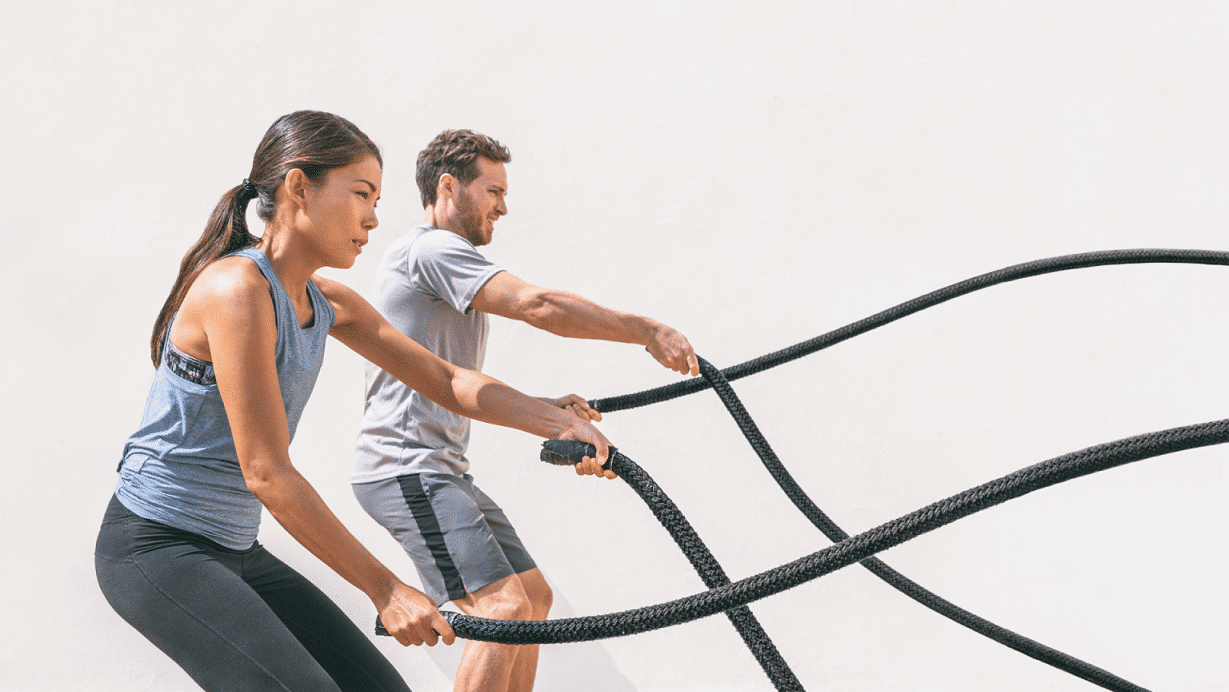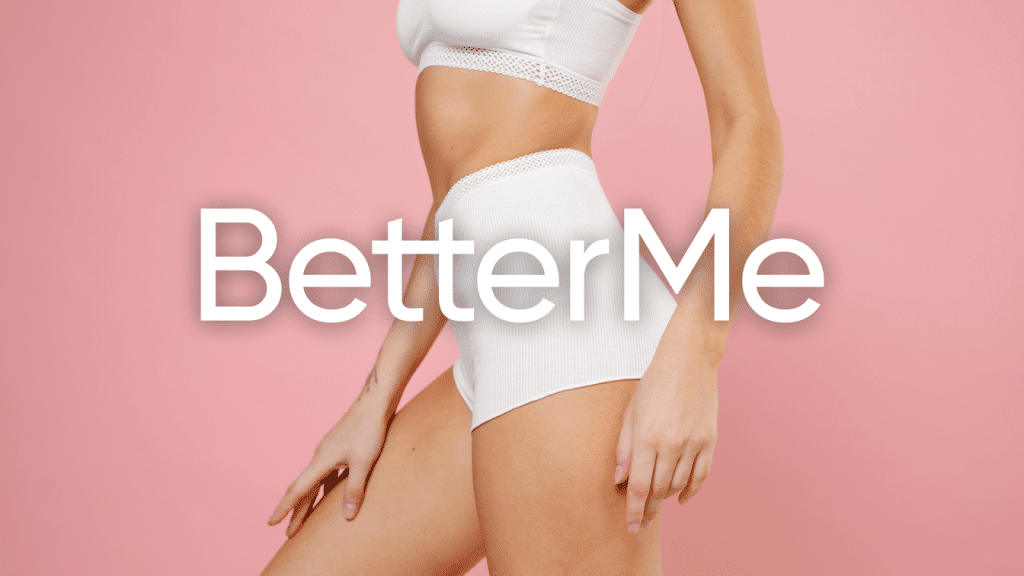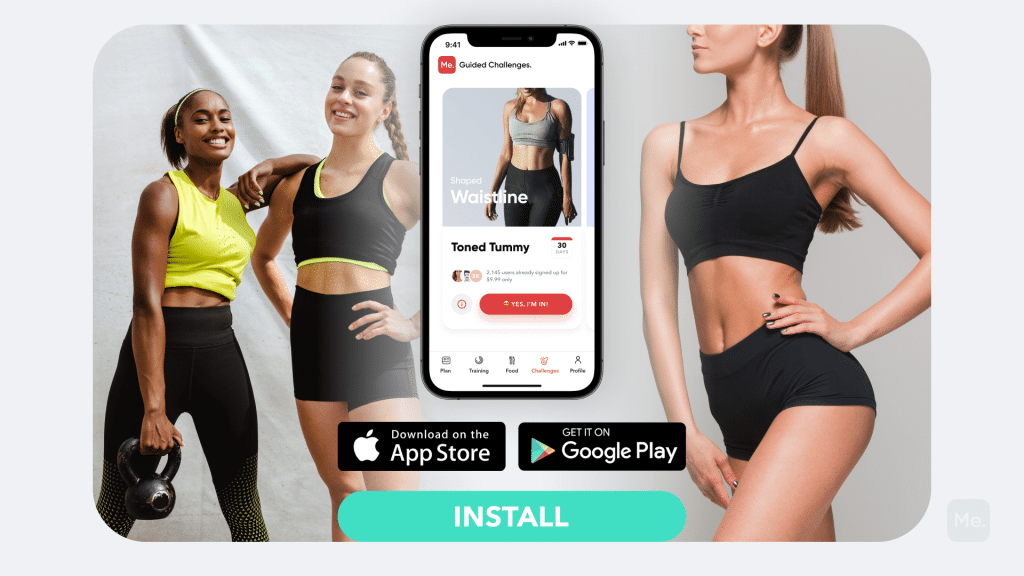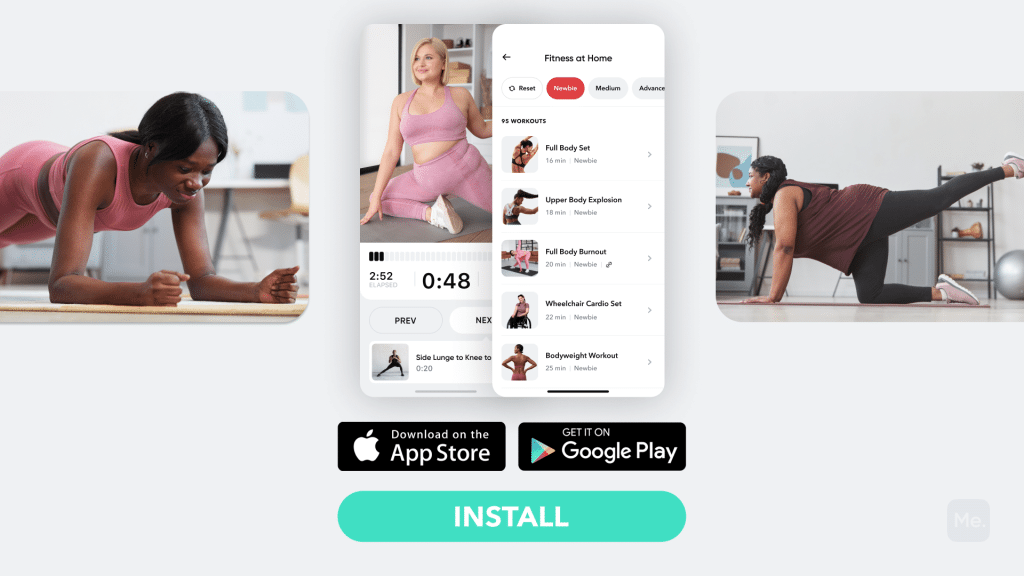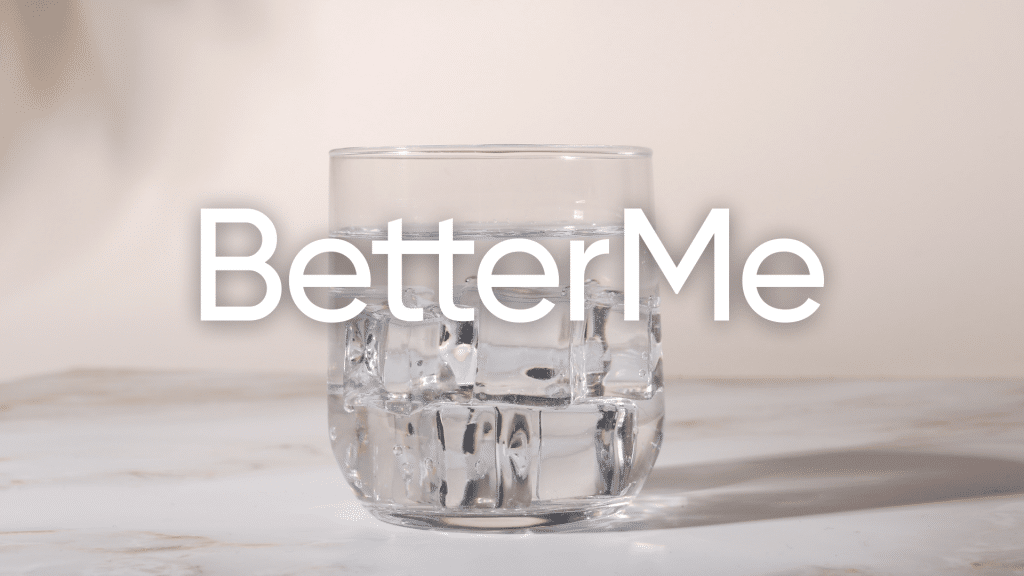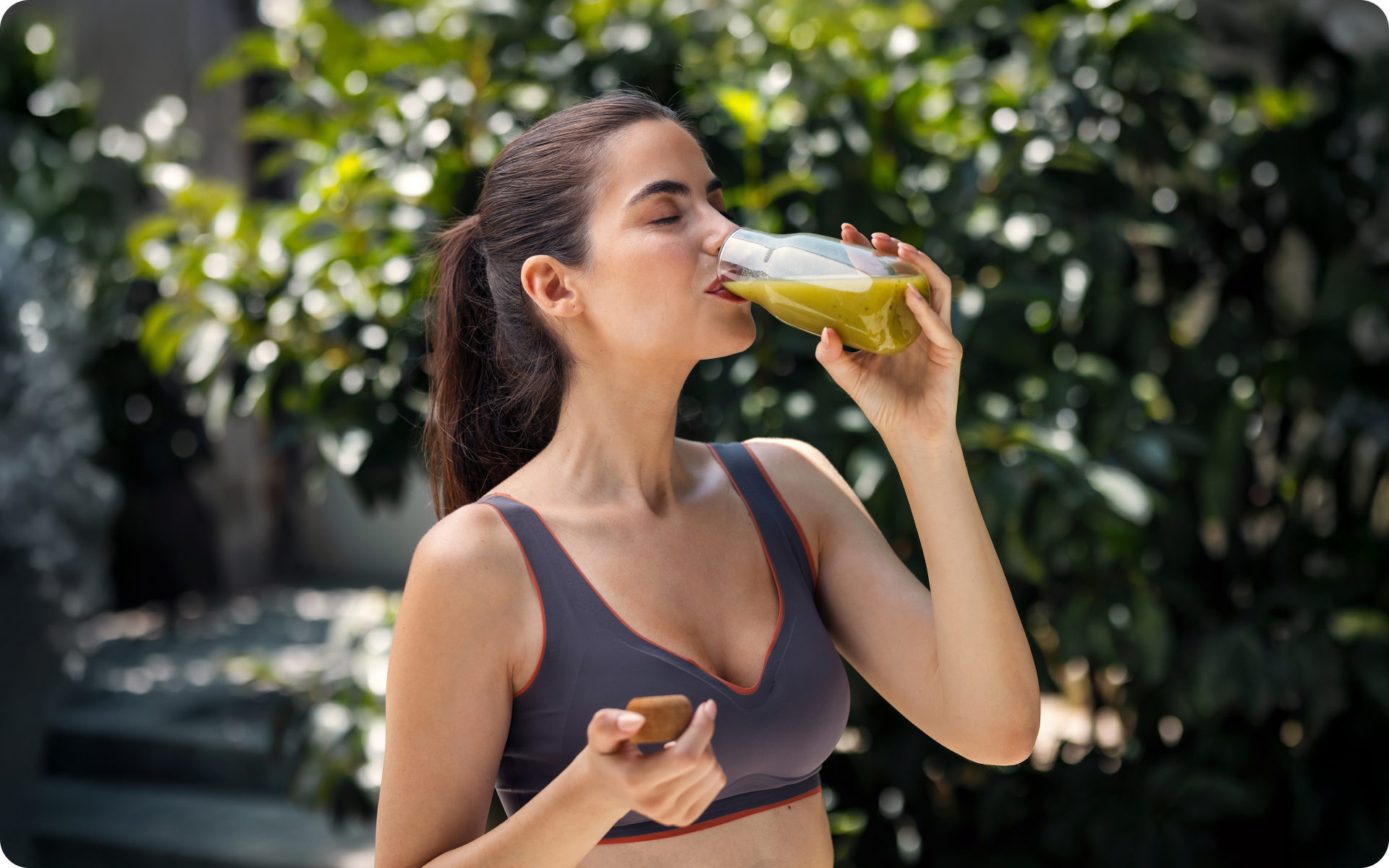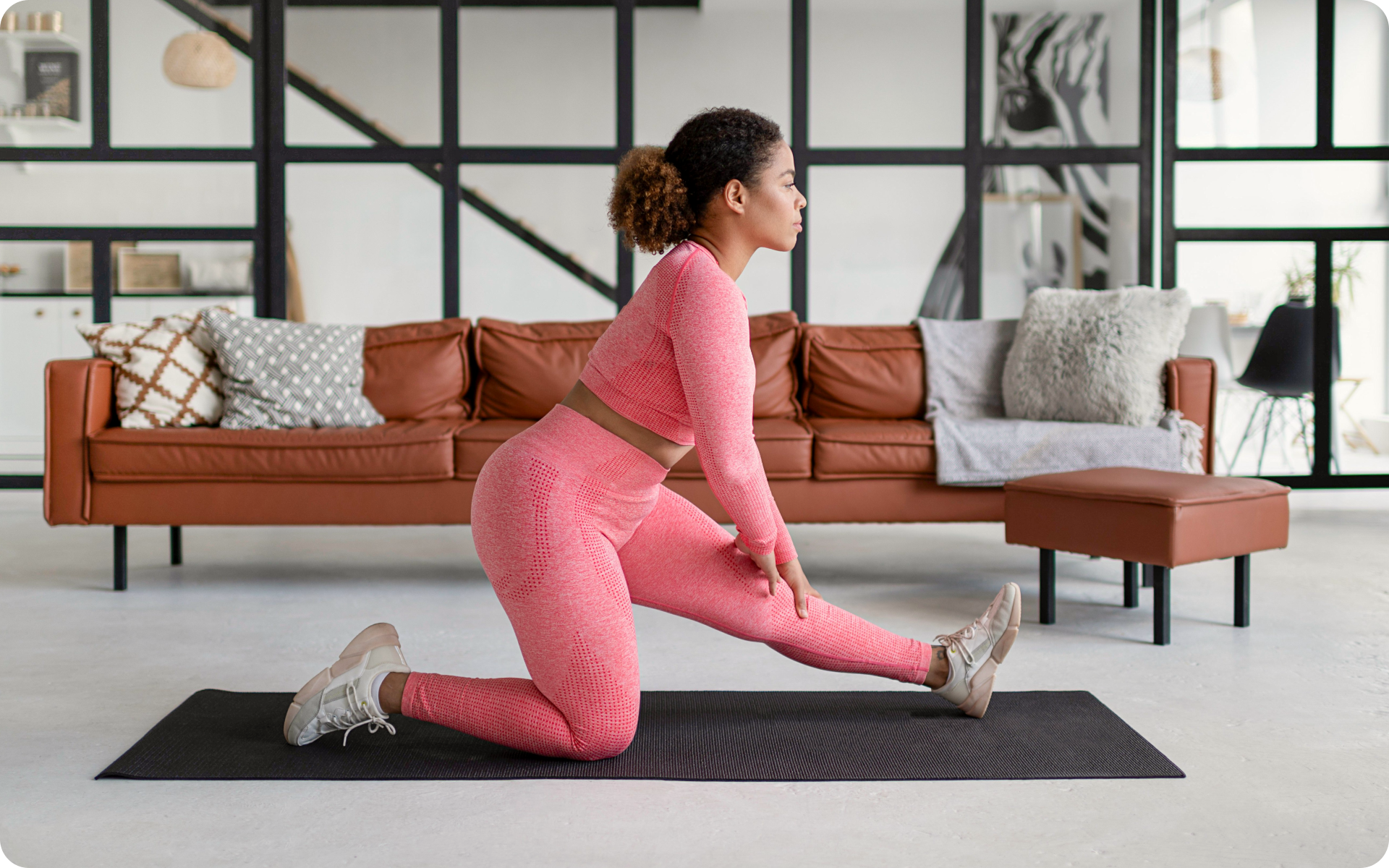Losing Weight Vs Losing Fat
Lots of people around the world suffer from excess weight these days. While trying to shed those pesky pounds and fit into their favorite clothes, they go through tons of various dietary regimes and failed attempts that eventually lead to humiliating desperation. There are many causes behind these failures, but one underpinning commonality is simple yet striking: people consistently fail to comprehend the way their body functions. The logic of functioning of your organism creates a framework every diet and workout should account for in order to be effective. One of the basic questions you undoubtedly need to clarify can be summarized in the opposition «Losing weight vs Losing fat». Read this article to sort this all out and grasp this crucial yet often overlooked distinction.
Losing Weight Vs Losing Fat: The Difference
Most people claim that they want to lose weight. Yet is weight loss precisely what you mean? In fact, the majority wish to get rid of their fat, not weight. What is the difference between losing weight vs losing fat?
Weight loss is a decrease in your overall body weight. This weight includes muscle, fat, and water in your body. That’s what your regular scales show you: you’ve simply lost some pounds. Fat loss usually designates a reduction in body fat. This might look like an unnecessary specification, but it is indispensable for understanding the failures and successes people face on their journey to slimmer and fitter body.
Insofar as your weight consists of muscle, fat, and water, you can see your pounds disappear due to the shrinking of one of these elements. The point is: losing water weight is mostly useless, losing muscle weight is harmful. Only through shedding fat you can unlock the «beach body» achievement. You need to add lean muscle tissue and reduce the amount of body fat to achieve the defined, fit, toned look that you may be seeking.
Read More: No-Sugar Diet: All You Need To Know To Get Started
Muscle Loss
One pound of muscle weighs exactly like one pound of fat. Yet they look entirely different. One pound of muscle is harder and denser than a pound of body fat. If you gain 6 pounds of muscle and drop six pounds of body fat, your scale weight will be absolutely the same. But you’ll definitely be dumbfounded by how much your body changed.
Muscle loss often happens if you focus solely on calorie decrease. Of course, reducing your calorie intake is a basic requirement for weight loss, but it shouldn’t be your only goal, or you risk losing your muscle mass.
If you’re fixing your attention on your diet or upping your cardio in order to burn fat, that focus probably comes at the expense of strength training. It this case, you’re most likely to lose tissue weight. That’s because calorie restriction often implies macronutrient restriction. Without enough protein in your diet, your body can’t rebuild the tissue even if you are strength training.
Also, the amount of muscles directly impacts your metabolism. Less muscle causes lower BMR which means a lower calorie burn throughout your day.
Muscle tissue also regulates your insulin sensitivity, which is a biological process that determines how well your body absorbs nutrients. If you lose muscle tissue due to incorrect dieting, the nutrients you eat are less likely to be partitioned to your muscle cells and more likely to be turned into fat cells (4).
Dropping pounds by the dozens without putting yourself through the wringer is everyone’s weight loss pipe dream. But what if we told you that the BetterMe app can make that happen? Keep yourself in prime shape with our fat-blasting workouts, delicious budget-sparing recipes, and body-transforming challenges with our app!
Water Loss
One of the fastest ways to lose weight in the short-term is to cut carbs—that’s because carbohydrates retain three times as much water as any other type of macronutrient (6). When you cut back on carbs, your body isn’t retaining as much water. However, in a few weeks your muscles will adapt to dehydration, and start shrinking.
The problem arrives when you drop below 50 to 75 grams of carbs on a consistent basis. You still need to eat some carbs—at least 5 grams per pound of your body weight for a low-carb diet or up to 1.5 grams per pound for a more balanced calorie-restricted diet. It will allow fat loss without loss of the intramuscular water.
Fat Loss
Your goal is maximum lipolysis, the biological process of breaking down fat lipids and triglycerides in either the food you consume or that are already stored in your body. This mostly happens in the mitochondria of the muscles, which is why the more muscle you have, the more fat you burn. Exercise is considered to be able to regulate those lipolytic enzymes and improve mitochondria function, that’s why working out helps you shed fat.
Signs You’re Losing Water Or Muscles Instead Of Fat
You’re Losing Too Much Weight Too Fast
If you’ve lost five pounds after just a week of an intense new diet and exercise plan, most of that is from water. It is usually recommended to cut about 500 calories per day to lose fat at a sustainable rate, which is about one or two pounds per week. Unless you are very overweight, you don’t have that much fat to lose.
Even if you don’t slash your carbs, cutting calories overall still forces your body to use stored glycogen for energy, and you release water while using it. That’s why many of us see significant changes on the scale those first few weeks of trying to lose weight.
So, if you’ve lost a lot of pounds at the beginning of your diet, chances are it was water. Steady weight loss at 1-2 pounds per week after initial water weight loss is more likely to burn your fat.
Whether you’re a workout beast or just a beginner making your first foray into the world of fitness and dieting – BetterMe has a lot to offer to both newbies and experts! Install the app and experience the versatility first-hand!
You’re Not Using Your Muscles
Not using your muscles can cause them to disappear, so ensure you’ve incorporated strength training into your routine. Resistance exercises and high-intensity cardio are amazing for building muscle and cutting fat. You can opt for multi-joint compound exercises, such as squats, deadlift, bench press, pull-ups, and any high-intensity cardio.
Your Weight Fluctuates Significantly Day-To-Day
If you need to cut 500 calories per day throughout the week to lose one pound of fat, it’s going to take more than one day of eating to gain a whole pound of fat. In fact, to do so, you’d have to eat about 3,500 calories more than your body needs. If you usually eat 2,000 calories per day, that’s impressive 5,500 calories.
However, if you radically change your diet from one day to the next— by going from eating zero carbs to eating all the carbs, and back again—you quickly retain and lose enough water to throw off your scale reading. So, better keep your diet stable or your scales might confuse you.
Your Clothes Don’t Fit Any Better
Regardless of the story your scale tells, your clothes will always tell the truth about your weight loss. If you’re only losing water, you probably won’t notice much of a difference in how your clothes fit. On the contrary, if you’re losing fat and inches around your waist, for instance, your clothes will feel looser and you’ll know you’re losing body fat.
How To Measure Fat Loss
Your regular scales can tell you only a small part of the truth happening in your body, and can mislead you in some cases.
Here’s how you can rest assured that you’re definitely losing fat.
Take Your Measurements
Measuring your body helps you figure out if you are actually losing fat. Knowing that might motivate you to soldier on despite your slow progress or the stagnant number on the scale.
All it takes is buying a cheap tape measure at your local store. Make sure your measurements are taken under the same conditions each time. It is important not to take measurements every single day – you need to track your long-term progress.
Take a circumference measurement at each of these spots and write it down:
- Neck.
- Shoulders (both arms down at your side, at the widest point from shoulder to shoulder).
- Chest Lift up your arms, wrap the tape measure around your chest, just above the nipple, and then lower your arms.
- Bicep (either left or right, but stay consistent).
- Waist (at the belly button for consistency).
- Hips (measure the widest part of your hips).
- Thigh (left or right, but pick the same spot on your thigh each week).
Bioelectrical Impedance Scale
This method measures body composition by sending a low, safe electrical current through the body. The current passes freely through the fluids contained in muscle tissue but encounters difficulty/resistance when it passes through fat. This resistance of the fat tissue to the current is termed ‘bioelectrical impedance’ and is accurately measured by body fat scales.
These scales are available for purchase and have a variety of price tags, or you may find them at your gym or health club. They can give you a more precise picture of whether you are losing fat and gaining muscle or not.
Visual Progress Assessments
Visual progress assessments (including photos or even a video of yourself) are very helpful tools in your journey toward sculpting your perfect body.
Tips for taking great progress photos that show off your progress in the best way:
- Take them with a light source facing you.
- Wear the same outfit or bathing suit each time.
- Take them as the first thing in the morning before breakfast or training.
The leaner you are, the easier it will be to see changes from one week to another. Don’t be discouraged if you don’t see impressive changes on the screen of your phone from one week to the next. As with the scales, your goal is long-term progress.
Set Performance Goals
Instead of worrying about whether you’re losing fat, focus on completing a certain number of workouts each week. See how many pull-ups you can do or how many days in a row you are able to exercise. These are noticeable, achievable goals that will give you much more satisfaction than hopping on the scale every hour will ever be able to.
Losing Weight Vs Losing Fat: A Diet And Workout For Fat Loss
You can incorporate diverse dietary plans adjusting to your needs and preferences. The main caution here are fad diets focusing on drastic calorie restriction, which are ineffective and harmful for your health, and the diets lacking proper protein intake. At the same time, you shouldn’t get rid of carbs altogether – the balanced approach with upped protein intake is your key. Proteins repair damaged tissue, strengthen your bones, curb hunger, and relieve muscle pain (5, 8). If you’re focusing on increasing muscle mass along with blasting away excess fat, there are tons of natural nutritious proteins out there such as tofu and seafood that can help you with your goal. Remember to avoid red meat, as it might lead to diabetes and heart disease (7). Take a look at the Mediterranean or Keto diet.
DISCLAIMER:
This article is intended for general informational purposes only and does not address individual circumstances. It is not a substitute for professional advice or help and should not be relied on to make decisions of any kind. Any action you take upon the information presented in this article is strictly at your own risk and responsibility!
SOURCES:
- Comparison of High-Intensity Interval Training and Moderate-to-Vigorous Continuous Training for Cardiometabolic Health and Exercise Enjoyment in Obese Young Women: A Randomized Controlled Trial (2016, ncbi.nlm.nih.gov).
- High intensity interval exercise training in overweight young women (2012, ncbi.nlm.nih.gov)
- High-Intensity Interval Training and Isocaloric Moderate-Intensity Continuous Training Result in Similar Improvements in Body Composition and Fitness in Obese Individuals (2016, ncbi.nlm.nih.gov).
- Muscle Mass Knocks Out Insulin Resistance (2011, medpagetoday.org)
- Optimizing Protein Intake in Adults: Interpretation and Application of the Recommended Dietary Allowance Compared with the Acceptable Macronutrient Distribution Range (2017, ncbi.nlm.nih.gov)
- Relationship Between Muscle Water and Glycogen Recovery After Prolonged Exercise in the Heat in Humans (2015, ncbi.nlm.nih.gov)
- Substituting healthy plant proteins for red meat lowers risk for heart disease (2019, hsph.harvard.edu)
- The role of protein in weight loss and maintenance (2015, ncbi.nlm.nih.gov)
